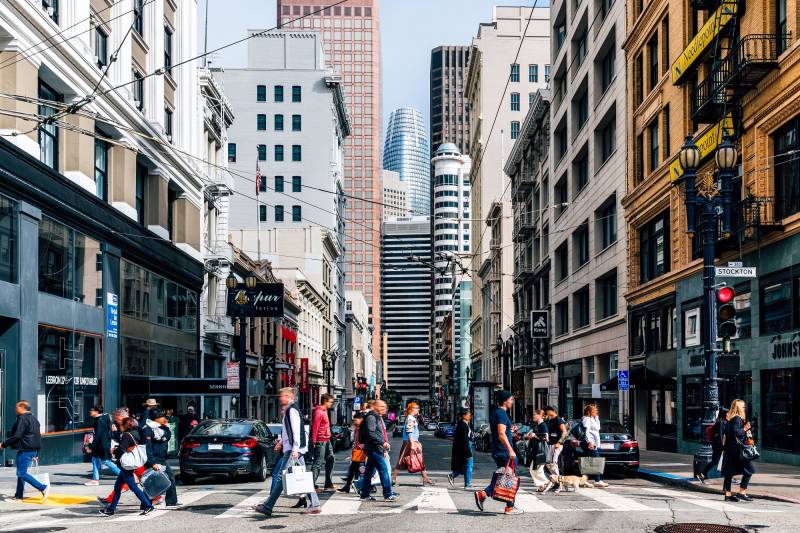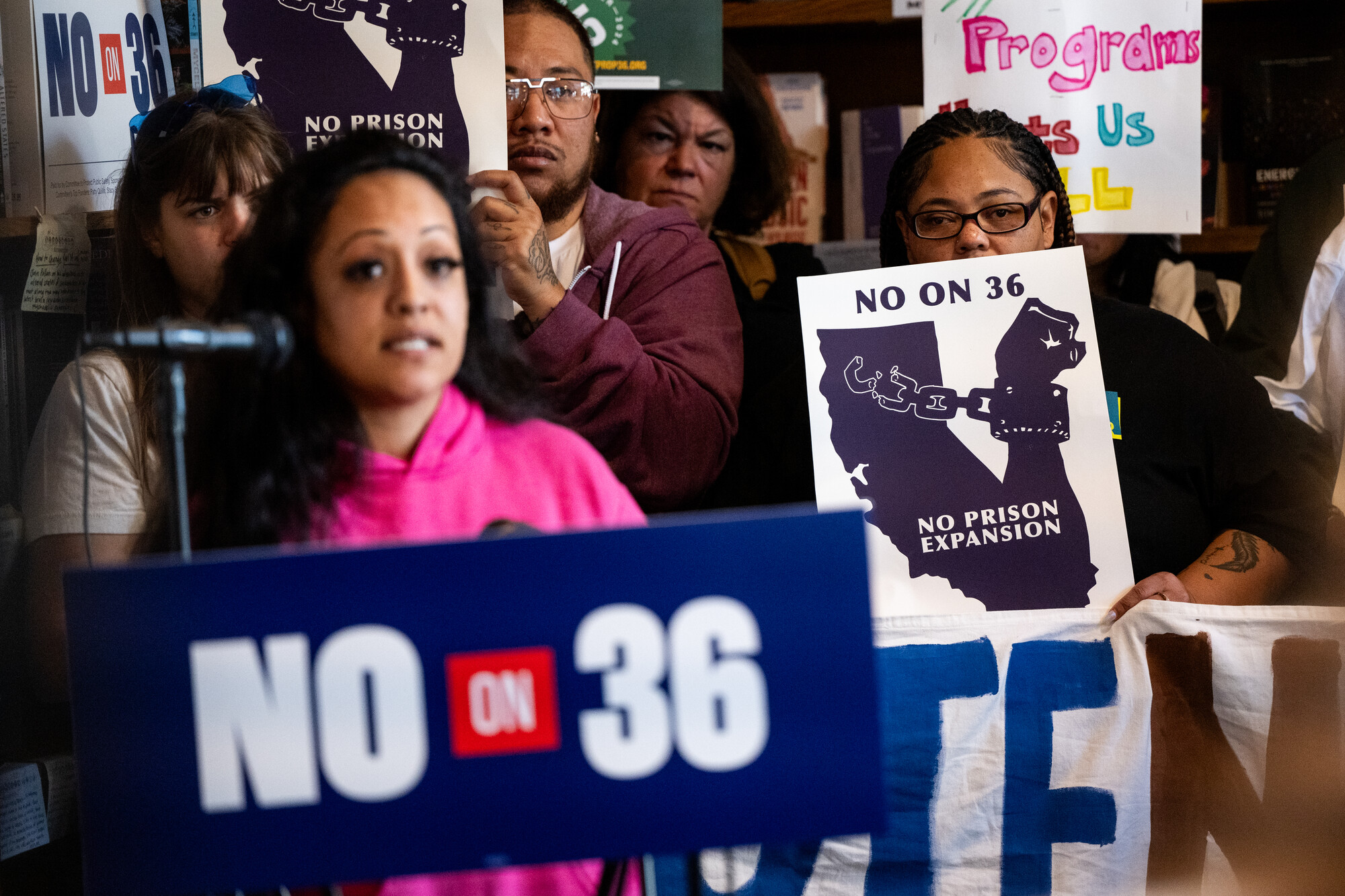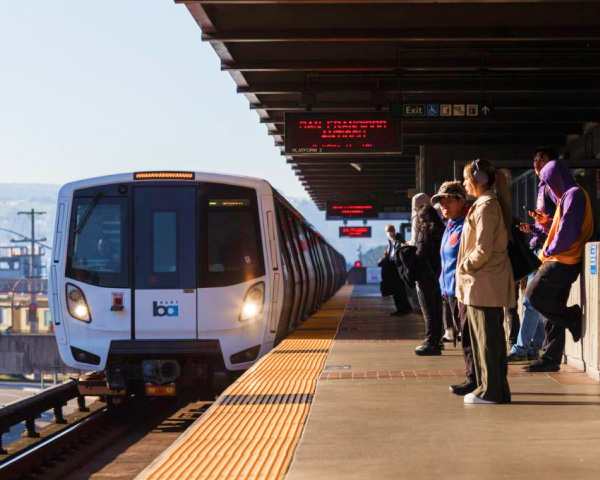[This column was reported for Political Breakdown, a bi-monthly newsletter offering analysis and context on Bay Area and California political news. Click here to subscribe.]
We hate to say we told you so, but we did.
Before voters overwhelmingly approved Proposition 36, I wrote a story detailing the concerns of opponents of the tough-on-crime measure who said its supporters were making a lot of promises — such as holding drug users accountable and providing them treatment — they didn’t have the money to back up.
Not even three months after the initiative took effect, there’s evidence on the ground that more resources are needed. San Francisco sheriff’s officials said last month that they reopened two dormitories at one of the city’s jails to accommodate an 8% increase in inmates compared to the same time last year.



